For many, dandelions and the like are just annoying weeds. You can find out here which weeds you can actually eat and how to prepare them.
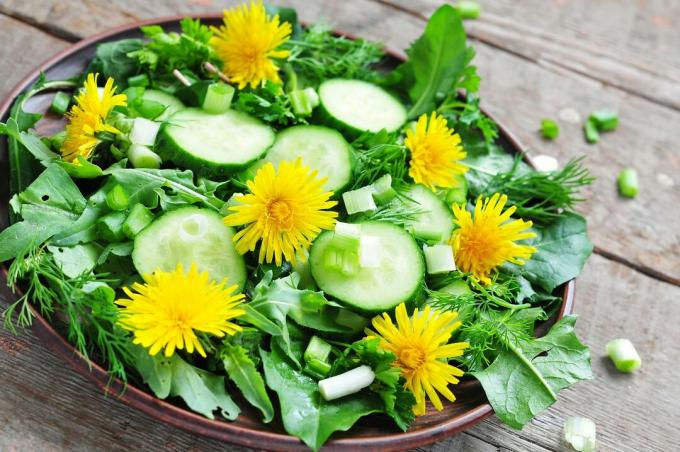
With the first rays of sunshine in spring, nature is brought back to life. Forests and meadows recover from the frosty winter time and let us already catch a glimpse of the upcoming warm season. Weeds that we consider annoying, such as dandelion, goutweed or stinging nettles, also thrive together with all other plants. We will show you here why these so-called weeds should by no means just end up in organic waste, but rather on the plate. We present ten so-called weeds that should be enjoyed in culinary terms.
contents
- 10. sorrel
- 9. yarrow
- 8. Chickweed
- 7. goutweed
- 6. button herb
- 5. garden cuckoo
- 4. buckhorn
- 3. nettle
- 2. burnet
- 1. dandelion
Fresh in a salad, cooked as a vegetable or as an edible flower decoration - weeds are not always just a nuisance. Here you will learn which ten edible weeds are not on the compost, but should end up in the kitchen.
10. sorrel
The herb with the arrow-shaped leaves is often found in damp meadows and fields. The sour taste of the young leaves of sorrel (Rumex acetosa) is excellent in soups, stews or raw in salads and smoothies. Sorrel is said to have a healing effect on wounds, which is why it is often used for skin diseases. The high vitamin C and iron content make it a healthy alternative in the kitchen, but excessive consumption is not recommended.
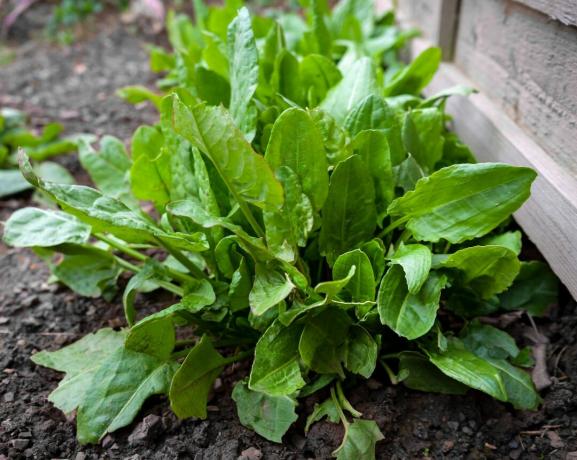
9. yarrow
With its white flowers and tall, upright stature, the yarrow (Achillea millefolium) definitely one of the loveliest weeds in our garden. Yarrow is also popular as a medicinal plant because it helps with abdominal pain and indigestion and has an anti-inflammatory effect. In addition to its great appearance, yarrow also scores with its taste: with a slightly bitter, aromatic note, which is often described as similar to chamomile, yarrow can also be used in the kitchen convince. The young leaves are considered to be particularly tasty because they are not yet so bitter. Yarrow is usually dried because it is often tough when raw and is used as a seasoning for tomatoes or as herbal salt. The flowers are also edible and are ideal for decorating dishes.

8. Chickweed
the Chickweed (Stellaria media) regularly drives gardeners to despair, because it can spread almost explosively in the garden and is almost impossible to eradicate. Fortunately, it is both a curse and a blessing: the leaves of the chickweed are edible and, with their mild yet aromatic taste, go well with soups or salads. At the same time, the herbaceous plant scores with a high mineral and protein content - so the chickweed quickly mutates from an unloved garden guest to the secret star on the plate.

7. goutweed
The most stubborn contemporary in the weed category is probably the goutweed (Aegopodium podagraria) be. Many hobby gardeners have had to get on their nerves to get rid of this herbaceous fellow. The slightly hot-tasting herb is excellent as a spice in dishes with potatoes or in fresh salads and is also rich in vitamin C. So the next time you're weeding, it's better to put the goutweed in the kitchen than in the compost bin.

6. button herb
With its small, button-round blossoms, you can see that button herb (Galinsoga parviflora) looks almost innocent, but thanks to its prolific nature it is not very popular with gardeners. The plant can really score points in the kitchen: from the stalk to the flower, you can actually use everything on the plant. The button cabbage can be steamed, boiled, enjoyed raw in a salad or as a pesto on pasta. But not only its versatility is convincing - secretly the plant is also a real vitamin bomb.
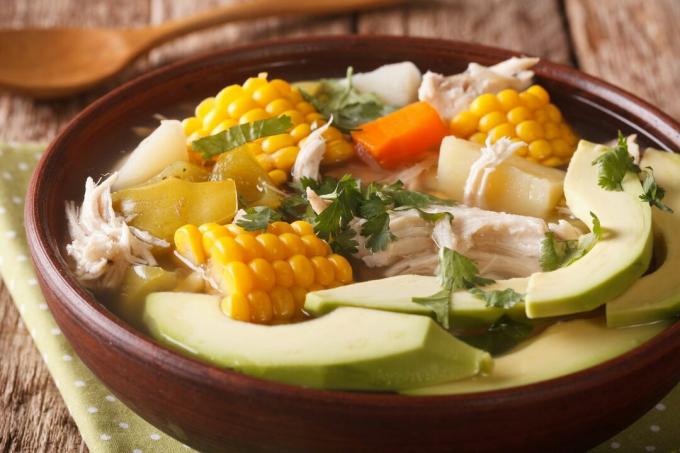
5. garden cuckoo
The garden cress related to the cress (Cardamine hirsuta) is often dismissed as a weed despite its beautiful flowers. It's anything but that! The strong, slightly hot taste is reminiscent of rocket and is therefore ideal as a topping for bread or in salads. Simply pluck the small leaves from the stem, wash them off and they are ready to eat. In addition, its bitter and mineral substances have a healing effect and help our digestion.

4. buckhorn
as Medicinal herb for colds is the plantain (Plantago lanceolata) known to many. But did you also know that you can eat buckhorn without any problems? In fact, the entire plant is edible from root to flower and can be eaten raw or cooked. Ribwort plantain buds are particularly popular, as they taste slightly nutty when raw and more like mushrooms when roasted.
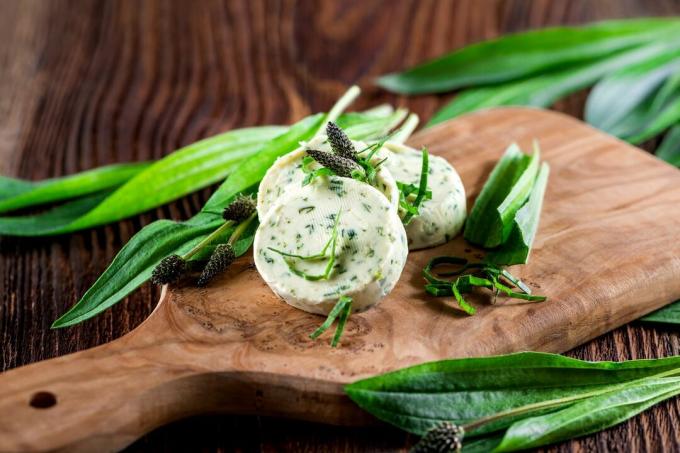
3. nettle
Everyone knows the annoying property of the nettle (Urtica dioica) that contact with their leaves causes an unpleasant burning sensation. This is one of the reasons why many despise nettle as a simple weed. But with its slightly spicy taste, nettles are far too good to throw away. It is rich in vitamin C, iron and calcium, and is said to have a healing effect on rheumatism and urinary tract infections. The leaves can be used in a variety of ways in the kitchen, for example as tea, in soups, pesto or sauces.
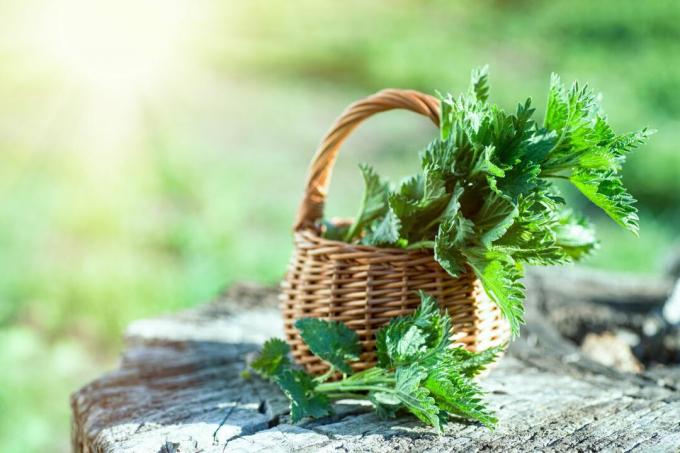
2. burnet
burnet, bloodwort or simply burnet (Sanguisorba minor) – from May to August this small plant can be found in almost every meadow. Luckily, because the burnet burnet has an excellent taste: Fresh and slightly nutty with a light cucumber aroma, the burnished burnet bewitches our palate. The plant is therefore perfect as a spice for quark, herb butter and vegetables, but also simply on bread. Unfortunately, it wilts quickly after picking, which is why it should be processed immediately.
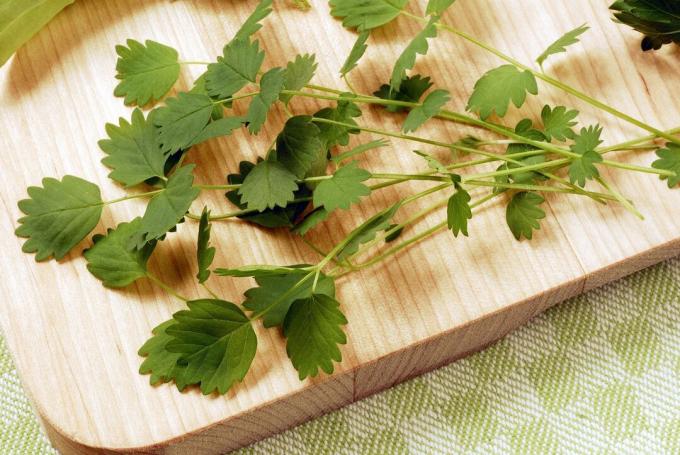
1. dandelion
The dandelion, widespread throughout Europe (Taraxacum) is anything but just rabbit food. All parts of the dandelion are edible and can be eaten without hesitation. Due to the bitter or slightly nutty taste, dandelion is ideal as an accompaniment in a delicious spring salad or to refine soups and sauces. Its high vitamin A and C content also make dandelion a valuable ingredient in the home kitchen. Also the edible flowers of the dandelion are great for refining salads, because with their bright color they are an unmistakable eye-catcher.
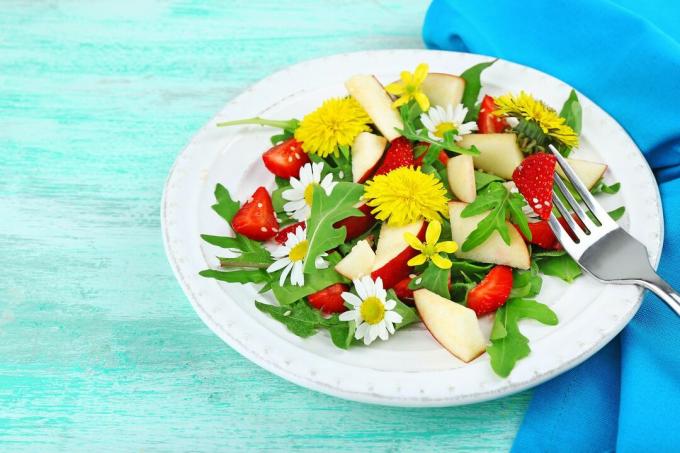
So next time you see one of these herbs in your garden, think twice twice whether you opt for the organic waste bin or not enjoy the wild garden herbs on your plate want. Willingness to experiment definitely pays off.
You can also find articles about 20 edible flowers and to tasty ground covers, which should definitely end up on your plate.
Tip: If you want to grow your “weeds” in a targeted manner, you can use a high-quality herbal soil like ours Plantura Organic Herb & Seed Soil support. This is perfectly tailored to the requirements of the plants and thus ensures a rich harvest.

Plantura Organic Herb & Seed Soil
Organic, peat-free & climate-friendly:
For aromatic herbs and for
successful sowing, cuttings
propagation & for pricking out
...and receive concentrated plant knowledge and inspiration directly in your e-mail inbox every Sunday!



